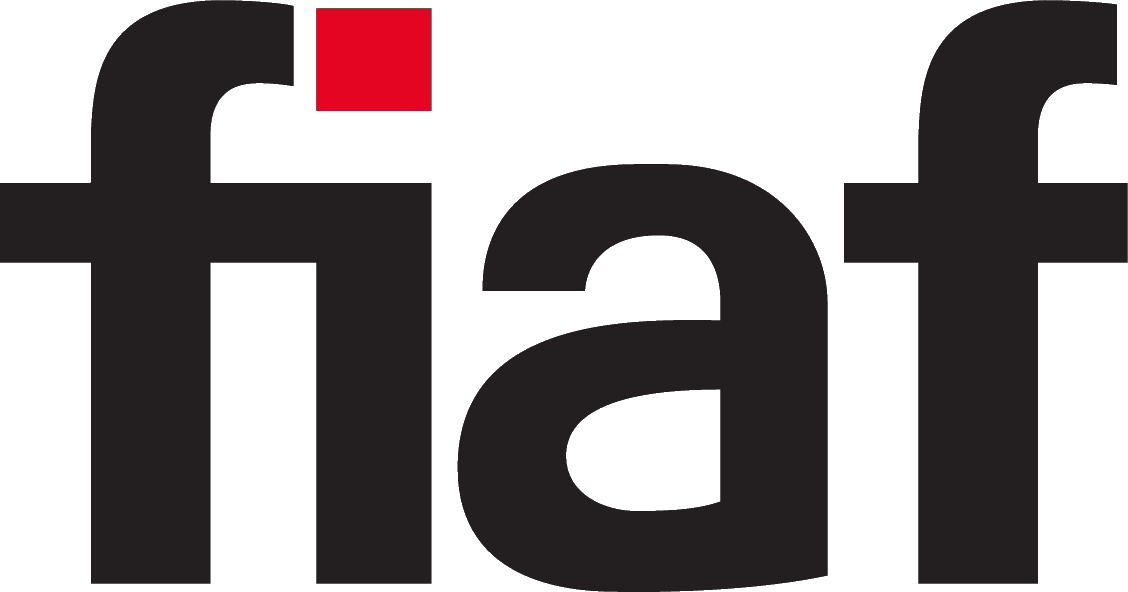
The Madrid Project
During the Technical Workshop of the 55th FIAF Congress held in Madrid on 15 April 1999, the Filmoteca Española and the Gamma Group of European Film Archives and Laboratories decided to start creating a database capable of collecting documents related to the manufacture and processing of cinema film. Paul Read, one of its main driving forces, suggested naming this idea “Project Madrid”.
Science and advertising are inseparable components in the documentation of film as both industry and commerce, and they nurtured Project Madrid. In general, information about films, emulsions, and treatments is either industrial documentation – which manufacturers will not provide while the products have any economic value – or commercial information and, to some extent, propaganda, produced to promote and facilitate the use of emulsions. But whatever their purpose, whether industrial or commercial, the information contained in these documents was used by photographers and laboratories for the filming and processing of films, and remains fundamental for interpreting, preserving, and restoring the original characteristics of images and sounds. At present, the transformations that digital technologies have produced in cinematographic works have made it even more urgent and important to collect and make all this documentation, in many respects already historical and obsolete, available to curators and restorers.
The first version of this database was distributed during the Hanoi FIAF Congress in 2004, but never worked properly, due to the use of an inadequate programme for its preparation and the low resolution with which the documents were digitized. Then, with the documents scanned to a much higher resolution, the whole set was organized into a very simple Excel spreadsheet table that can be handled from almost any computer. This Excel database, containing 1255 entries, edited in English, French, Spanish, German, Dutch, or Italian, coordinated by Camille Blot-Wellens, is now available for consultation on the FIAF website.
The range of documents is very broad, from simple labels of virgin film packaging or advertisements in the specialized press, to professional technical sheets of numerous emulsions, or books edited by manufacturers and researchers to present the products or describe manufacturing processes and usage procedures.
The documents were provided by archives and researchers, including the Filmoteca Española, Cinémathèque Royale (Brussels – Noël Desmet), Nederlands Filmmuseum (Amsterdam – Mark-Paul Meyer), and National Film Center, Tokyo – Hisashi Okajima, Hidenori Okada), as well as Brian Pritchard (London), Juan José Mendy (Madrid), and Michael Friend (Beverly Hills).
In its present state, the database of virgin film made for cinematography remains a daunting task, very much still in its infancy. There are thousands of documents not yet included, and it will of course eventually be necessary to relate the entries to the documentation collections made available by film manufacturers in recent years.
Alfonso del Amo García
Cinema Curator (Emeritus)
Former Head of Research, Filmoteca Española





